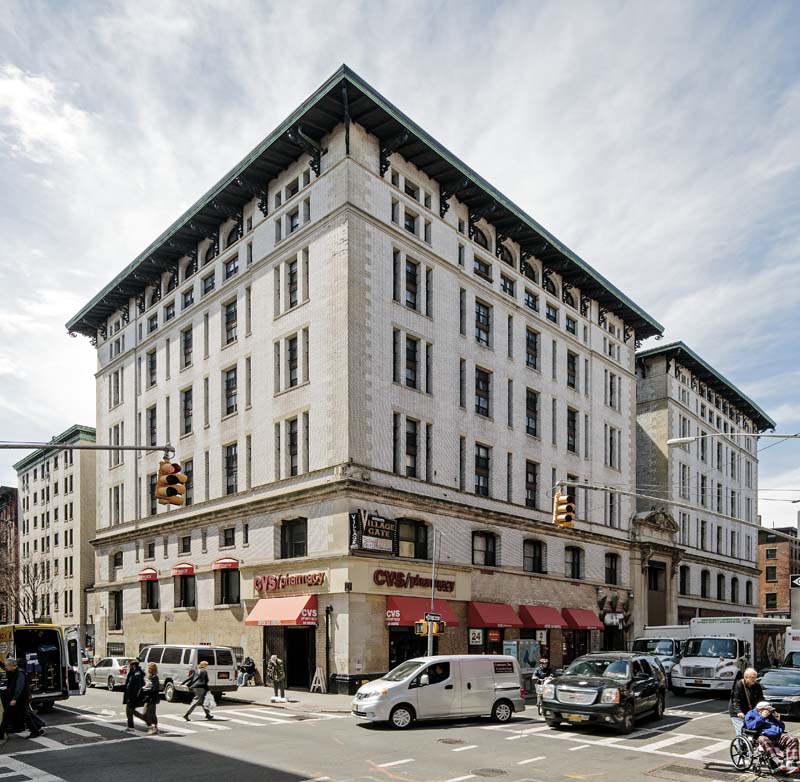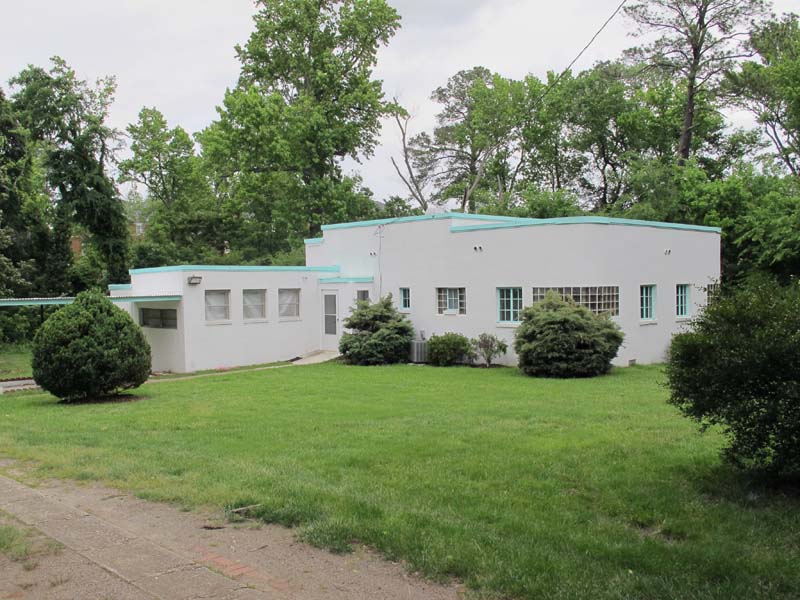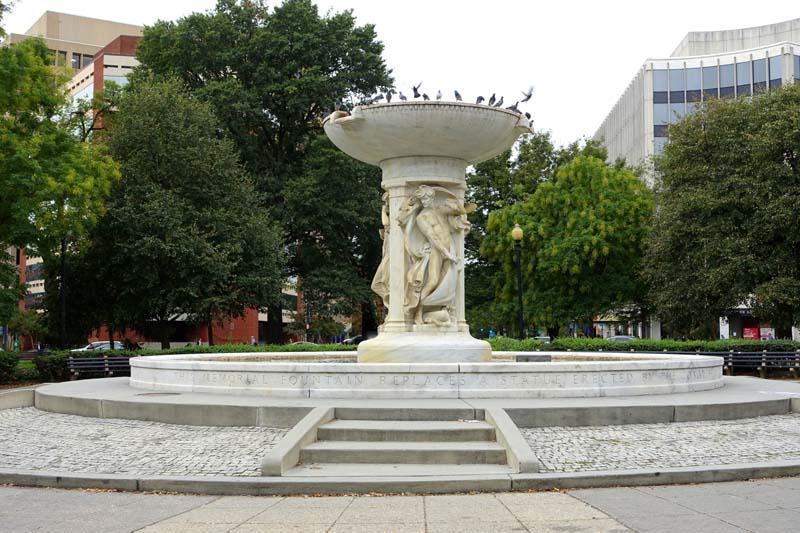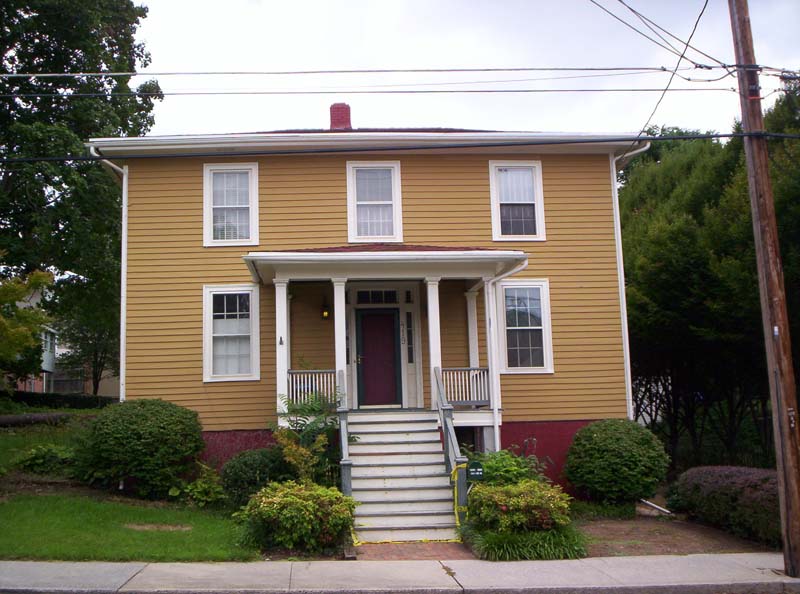-
Membership
Membership
Anyone with an interest in the history of the built environment is welcome to join the Society of Architectural Historians -
Conferences
Conferences
SAH Annual International Conferences bring members together for scholarly exchange and networking -
Publications
Publications
Through print and digital publications, SAH documents the history of the built environment and disseminates scholarship -
Programs
Programs
SAH promotes meaningful engagement with the history of the built environment through its programsMember Programs
-
Jobs & Opportunities
Jobs & Opportunities
SAH provides resources, fellowships, and grants to help further your career and professional life -
Support
Support
We invite you to support the educational mission of SAH by making a gift, becoming a member, or volunteering -
About
About
SAH promotes the study, interpretation, and conservation of the built environment worldwide for the benefit of all
SAH Archipedia: Pride Month
Jun 13, 2022
by
SAH News
As we celebrate Pride Month this June, please enjoy the following highlights from SAH Archipedia.

The Atrium | SAH ARCHIPEDIA (sah-archipedia.org)
Photograph courtesy Sean Litchfeld
Mills House No. 1 in New York City was designed by Ernest Flagg, a prominent nineteenth-century architect and housing reform advocate. Like many Progressive New Yorkers of the late nineteenth century, Flagg was deeply interested in housing as a social issue. He advocated for the scientific planning of working-class housing, calling for the elimination of the common 25-foot-wide tenement. In its place he advocated the open-court plan: buildings of at least 50 feet in width, usually with an H or U plan, that provided more generous light and air. Mills House addressed a different demographic than the more common model tenement: single working men of lower socio-economic status. Despite the moralistic tone of its sponsors, as an institution open exclusively to single men, Mills House quickly became an epicenter of the bourgeoning gay community in Greenwich Village, a neighborhood that became a hotbed of LGBT civil rights activism in the mid-twentieth century. READ MORE

Azurest South | SAH ARCHIPEDIA (sah-archipedia.org)
Photograph courtesy Special Collections and University Archives, Johnston Memorial Library, Virginia State University
One of the commonwealth's earliest known Black female architects, Amaza Lee Meredith designed this Modernist residence and studio for herself. She also founded Virginia State University’s Fine Arts Department in the 1930s. Meredith resided in the house with her partner and fellow educator, Dr. Edna Meade Colson, until her death in 1984. After Colson's death in 1986, the university acquired the property and it now houses the VSU Alumni Association. READ MORE

Dupont Circle | SAH ARCHIPEDIA (sah-archipedia.org)
Photograph by Daderot
Since at least the 1960s and likely earlier, Dupont Circle has had an important role as civic space for political and social groups that were not welcome in other public spaces of Washington, D.C. The counterculture and civil rights activists of the 1960s, the appropriation of the circle by the gay community, and later the nascent punk and hardcore scene in the 1980s have not always been kind to the landscape, but their role should be acknowledged in the cultural landscape of the park. In particular, the gay community became an important part of the history of this urban community and the neighborhood is considered a historic locale in the development of American gay identity. READ MORE

Billy Haines Birthplace | SAH ARCHIPEDIA (sah-archipedia.org)
Photograph by Mark Mones
William “Billy” Haines (1900–1973) was one of Hollywood's highest-paid actors and the town's first openly gay movie star. The actor and interior designer grew up in this mid-nineteenth-century house in Staunton, Virginia. Haines's childhood home is a far cry from the glamour of the rich and famous. READ MORE


